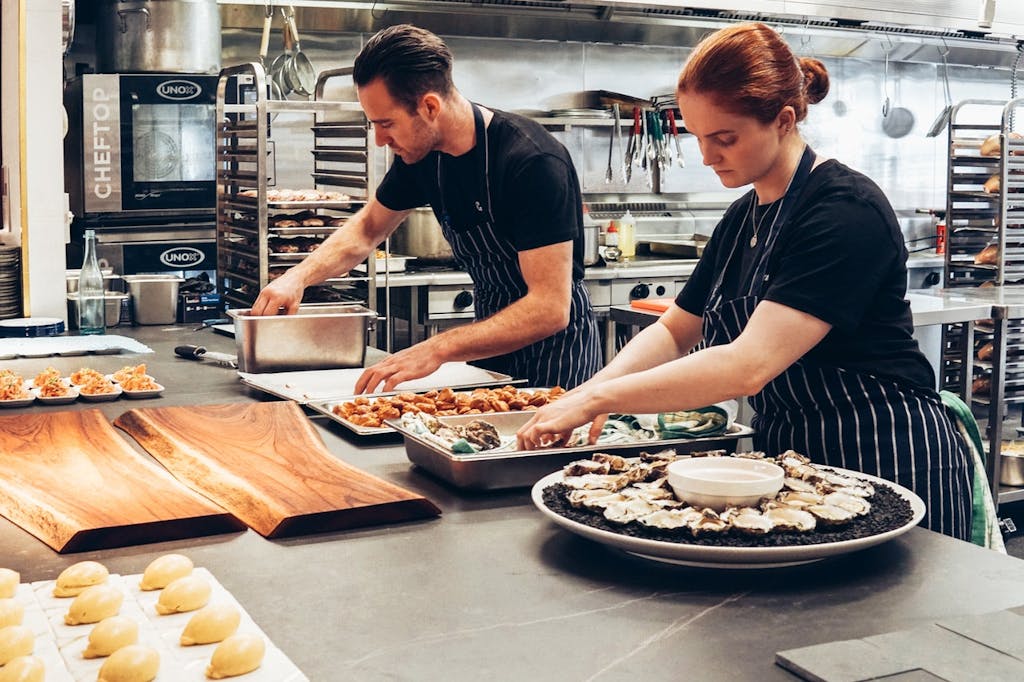Alexandra Plakias, a philosophy professor at Hamilton College who studies food, disgust, and moral judgment, watched some of these videos at my request (my apologies to her). She identified a possible explanation for why the recipes bore themselves into our brains: They are minimally counterintuitive ideas. “You take something that’s familiar, but then you put just enough of a twist on it to subvert expectations,” Plakias explained to me. “Minimally counterintuitive concepts are maximally memorable.” This concept was developed by the cognitive anthropologist Pascal Boyer to make sense of which kinds of religious ideas stick—a god with a human visage, for instance. On social media, people mostly already understand the conventions of the quick cooking video—that is, until everything goes left, and the canned pasta goes into the pie crust.
Why we seek out these gross food experiences in the first place is less clear. Disgust, Plakias said, isn’t as well understood as other negative emotions that people pursue voluntarily, like fear, pain, or sadness. Those feelings can confer some physiological benefit—an adrenaline rush, a sense of euphoria, a good cry—when experienced in safe, controlled situations, such as riding a roller coaster, getting a tattoo, or watching a sad movie. Disgust, on the other hand, is mostly an emotion that is useful in real-world situations, where it helps people steer clear of things that might make them sick. There’s little pleasure in feeling like you’re about to barf.
Plakias thinks that the best explanation lies not in our personal reactions to gross recipes, but in our social reactions. For many people, it isn’t enough that they watch, aghast. They also have to smash that RT, because disgust can function as a powerful identity marker—in this case, by helping people to define what they’re not. “We co-opt this kind of disgust response to enforce social norms and moral norms,” Plakias told me. “Our judgments about which foods are disgusting are fairly arbitrary and are mostly culturally determined.” Most Americans, for an example, don’t eat insects, although bugs are a nutritious and sustainable protein source incorporated into food in much of the world. On the other hand, we do largely eat dairy products, which are sort of gross if you think about them for too long.
Whatever the boundaries, these expectations around what is and is not eaten fortify our shared reality. When a recipe goes viral for violating the aesthetic norms of some subset of the internet population—too greasy, too creamy, too mushy, too bland—the response to it often mirrors something Plakias has watched her young son do with his friends: Gleefully declare something to be gross between peals of laughter, buoyed by a small indication that they all understand the world in the same way.

:max_bytes(150000):strip_icc()/types-of-engagement-ring-settings-guide-2000-86f5b8f74d55494fa0eb043dee0de96e.jpg)

More Stories
Low Carb Gluten Free Apple Crisp
Vegetarian Shepherd’s Pie Recipe – Pinch of Yum
Our Favorite Broccoli Cheddar Soup